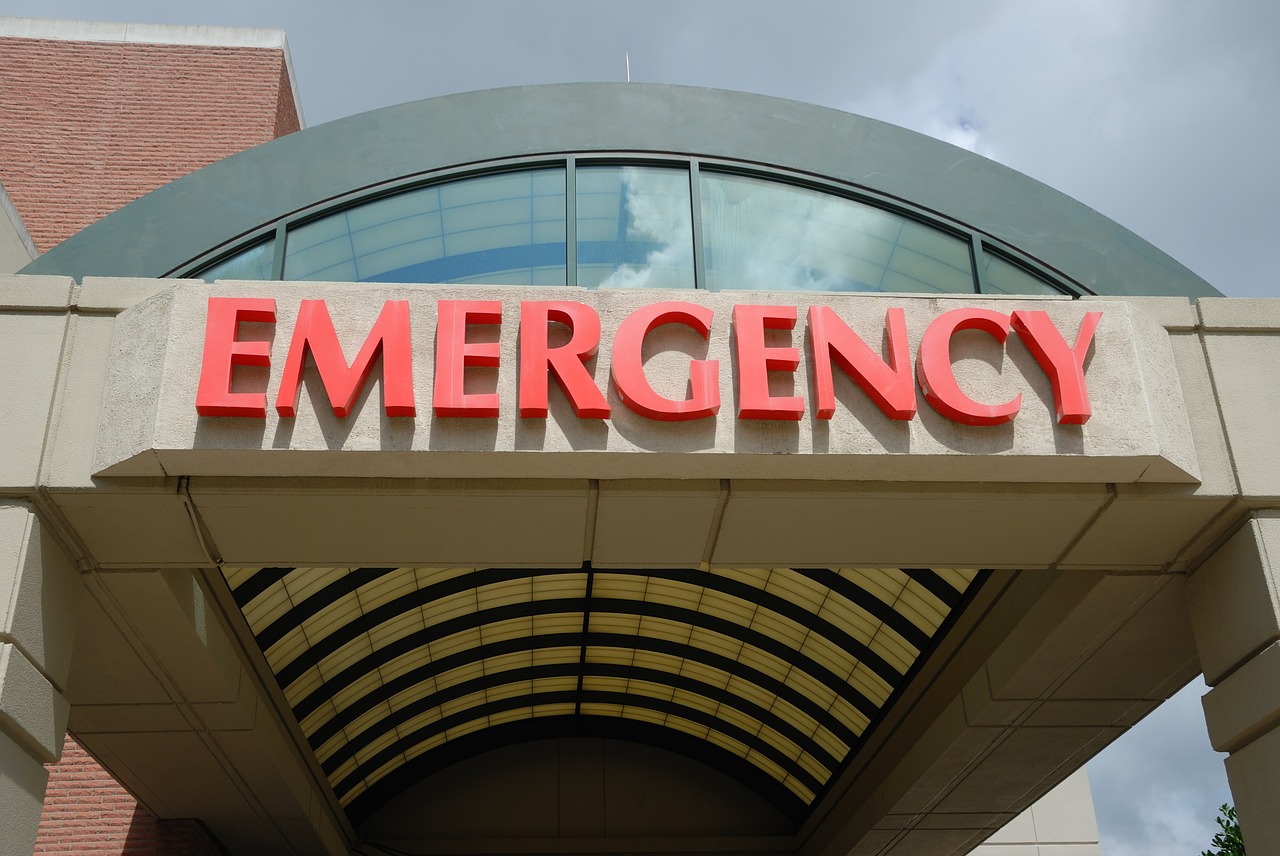 One of the leading causes of bankruptcy in the United States is medical bills, even for people who have insurance. Preparing for the unexpected, such as emergency medical care, is one of the keys to continued financial solvency. This is especially the case during retirement, when people’s income is often limited.
One of the leading causes of bankruptcy in the United States is medical bills, even for people who have insurance. Preparing for the unexpected, such as emergency medical care, is one of the keys to continued financial solvency. This is especially the case during retirement, when people’s income is often limited.
Estimates show that average healthcare expenses in one’s senior years can easily exceed $200,000. However, the fact remains that no one can know for sure how much healthcare will cost them. Additionally, health insurance has its limits.
Of course, an annual examination of health insurance options can help address these concerns. However, private health insurance can come with very high deductibles, and Medicare has no annual limit on out-of-pocket expenses. This means that seniors may pay about 20 percent of eligible healthcare costs.
Some professionals have estimated that Medicare will barely cover half of all health-related expenses in retirement. As individuals prepare for retirement, they should consider some other options for protecting themselves from unexpected medical costs. These options include:
-
Opening a Health Savings Account (HSA)
Individuals who qualify for an HSA should consider opening one. It functions much like a tax-advantaged retirement account and can help people save a significant amount of money on healthcare expenses.
With an HSA, individuals can save money on a tax-deferred basis to cover unexpected costs down the line. Another benefit of this sort of account is that qualified withdrawals for eligible expenses can be made without any taxes owed. There is no age limit on this benefit.
To qualify for this type of account, individuals need to be enrolled in a high-deductible health plan with maximum out-of-pocket costs set at $6,550 or higher for individuals or $13,100 or higher for a two-person household. Individuals enrolled in Medicare or who are claimed as dependents are not eligible for an HSA.
However, these qualifications may change, so individuals should pay careful attention to legislation regarding this type of account. For those who qualify, an HSA can significantly help with unexpected medical expenses.
People who do not qualify may consider a Roth IRA instead. With this type of account, taxes are paid upfront, and investments are allowed to grow without any additional taxation. Thus, the nest egg created can stretch much further.
Some employers offer a flex spending account (FSA), a similar type of account that reduces taxes while helping individuals pay for co-payments, deductibles, and even some drugs.
-
Supplementing Existing Health Insurance
 Individuals enrolled in Medicare can purchase a supplemental plan to help pay for costs that are not normally covered. While this approach involves paying an insurance premium, the savings can often outweigh the expense, especially when an emergency happens.
Individuals enrolled in Medicare can purchase a supplemental plan to help pay for costs that are not normally covered. While this approach involves paying an insurance premium, the savings can often outweigh the expense, especially when an emergency happens.
Supplemental forms of insurance are often called Medigap plans. They can be much cheaper than traditional insurance plans because Medicare is expected to cover a majority of the costs. Medigap plan providers work in collaboration with Medicare to add some degree of certainty to out-of-pocket expenses.
Pairing a good supplemental plan with Part D coverage, which helps pays for prescription drugs, can significantly reduce the gaps in coverage that may occur if individuals have only Part A and Part B.
Some individuals may also want to consider an alternative plan, such as Medicare Advantage, which covers more than the basic insurance does. Some people refer to this type of insurance as Plan C. While the name does not imply it, Medicare Advantage is actually purchased through private insurers.
These plans often provide hearing, vision, and dental coverage. Even more important, however, is the fact that these plans have annual out-of-pocket limits, often set at $6,700. Individuals should note that prescription drugs do not count toward the limit.
Another option to consider is long-term care insurance, which helps cover the costs associated with a nursing home or an at-home caregiver.
-
Building a Robust Emergency Fund
Americans in general tend to have little, if any, money saved for emergencies. Research has shown that individuals in the United States tend to save significantly less than their counterparts in developed countries. Unfortunately, this makes individuals, especially people who are retired, very vulnerable.
A good rule of thumb for a “rainy day fund” is that it should consist of the amount needed to cover bills for six months. This savings can help cover a variety of expenses, from home and car repairs to medical emergencies. Emergency funds are important even before retirement, as they can help cover some of the often-overlooked expenses involved with illness, such as lost wages.
To know how much money is necessary to cover six months’ worth of expenses, you need to have an updated budget. With this figure in mind, you can begin working toward your savings goals.
The best way to save money is to have it happen automatically. By setting aside a percentage or a specified amount out of every paycheck, money begins to accrue without the need for additional work.
Individuals should create a separate savings account for their rainy day funds fixing and perhaps even a different savings account specifically for medical expenses. Starting early can help avoid trouble during retirement.

